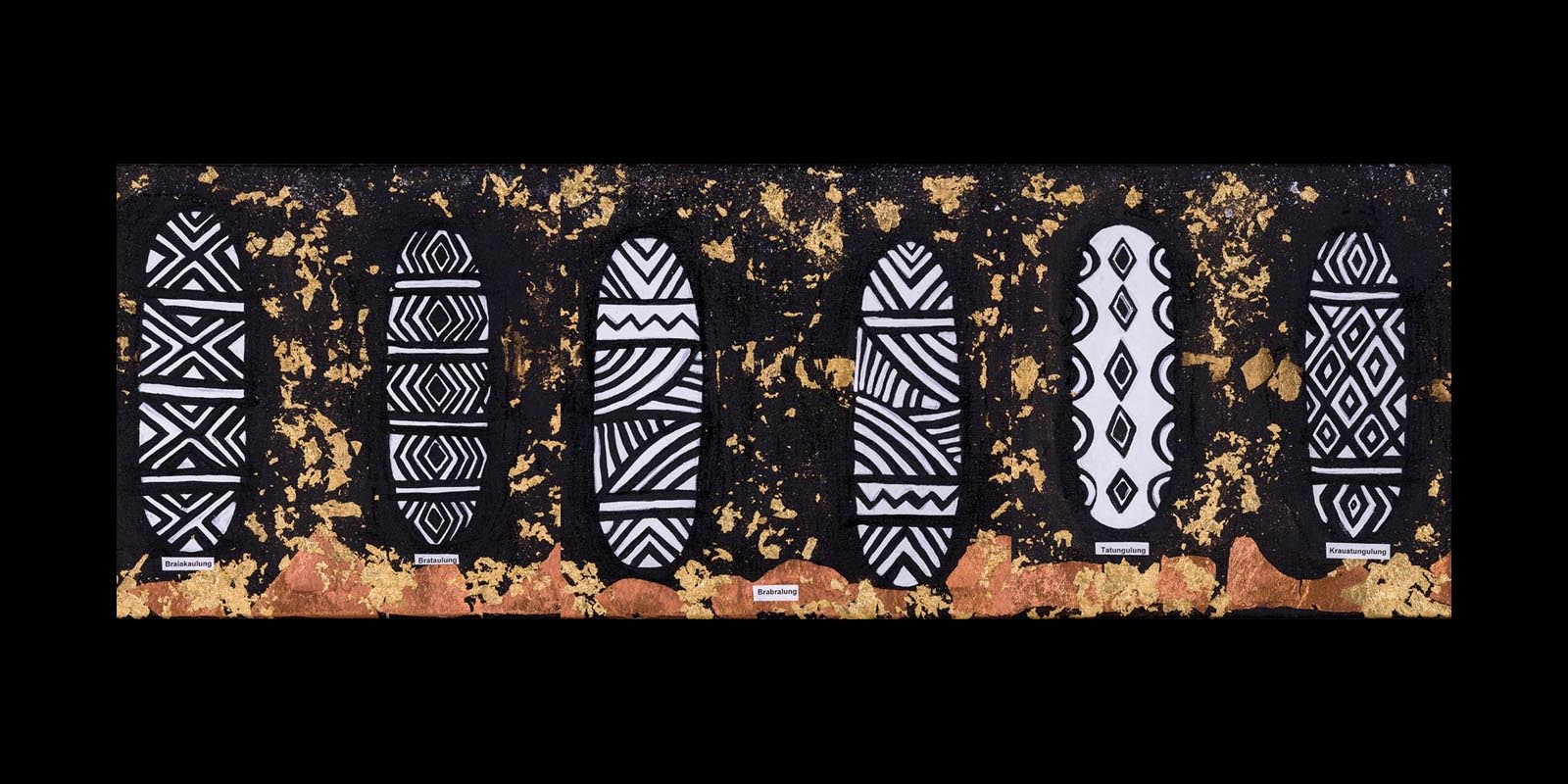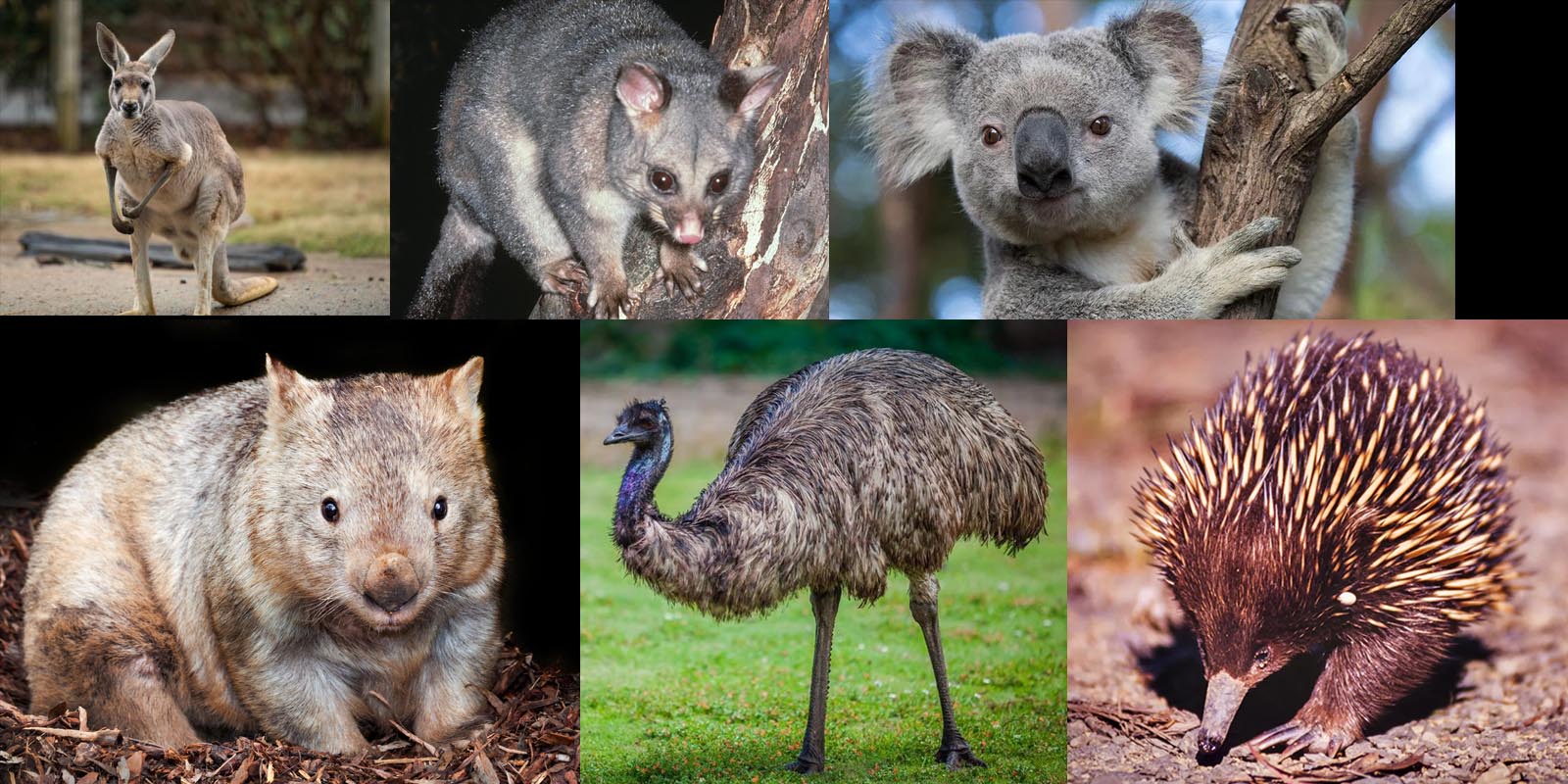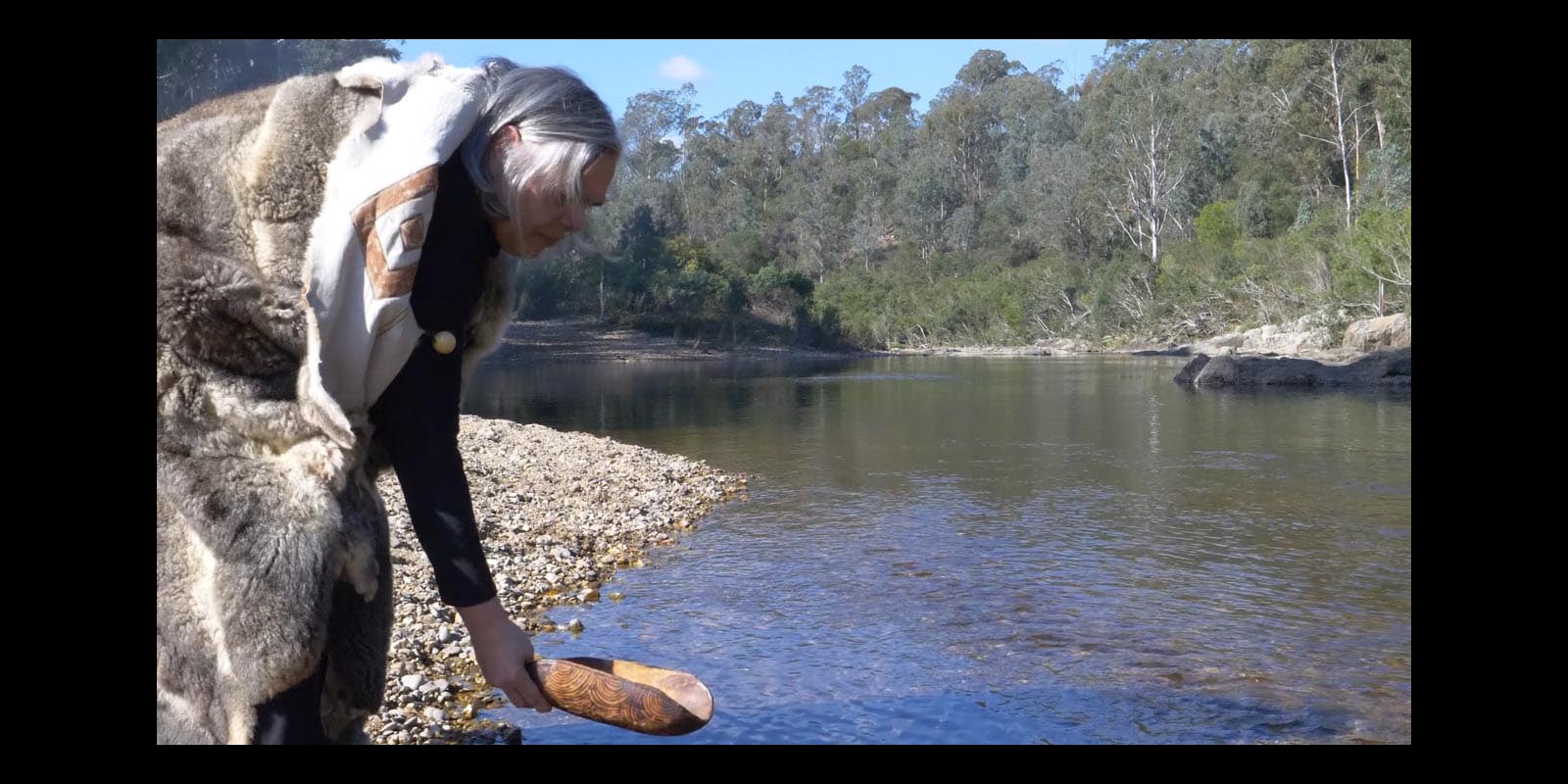The Gunai/Kurnai people are the traditional owners of the Gippsland region. There are approximately 3,000 Gunai/Kurnai people and our territory includes the coastal and inland areas to the southern slopes of the Victorian Alps.
Clans
Gunai/Kurnai people are made up of five major clans. Below is the official spelling of the clans as endorsed by our Gunai/Kurnai Elders Council, and a brief description of each clan area.
Brabralung
The Brabralung people in Central Gippsland. Mitchell, Nicholson, and Tambo rivers; south to about Bairnsdale and Bruthen.
Brataualung
The Brataualung people in South Gippsland. From Cape Liptrap and Tarwin Meadows east to the mouth of Merriman Creek; inland to near Mirboo; at Port Albert and Wilsons Promontory.
Brayakaulung
Brayakaulung people around the current site of Sale. Providence Ponds, Avon and Latrobe rivers; west of Lake Wellington to Mounts Saw Saw and Howitt.
Krauatungalung
Krauatungalung people near the Snowy River. Cape Everard (Point Hicks) to Lakes Entrance; on Cann, Brodribb, Buchan, and Snowy rivers; inland to about Black Mountain.
Tatungalung
Tatungalung people near Lakes Entrance on the coast. Along Ninety Mile Beach and about Lakes Victoria and Wellington from Lakes Entrance southwest to mouth of Merriman Creek, also on Raymond Island in Lake King.


The shields represent the five tribes of the Gunnai/Kurnai. Image source: Victorian Collections.
Farming & Agriculture
Gunai/Kurnai were regularly on the move. The movement of tribes was dictated by the knowledge of where food, water and other resources could be found at particular times of the year. Little was carried on these seasonal migrations, with food being collected and eaten at camps and shelters that were constructed at sites along travel routes.
Kangaroo was the main source of meat, but possum was also widely eaten. Wombats, emus, koalas, echidnas, goannas and frogs were also eaten, along with ducks, swans, gulls, pelicans, spoonbills, cormorants and sea eagles. Fish included flounder and flat mullet, along with snapper, garfish, perch, bream, flathead, mussels and abalone. They were caught with hooks made from bone and line made from the bark of the Yowan or caught in nets of stringy bark. Fish were wrapped in stringy paperbark and steamed under hot coals.
The Bogong Moth was an annual delicacy - a major food source in the cooler months, eaten cooked whole or as a paste. All of the clans would assemble in the mountains at Omeo and feast on Bogong Moth. Many different plants were used for food and medicines, and to produce baskets, nets and tools. The underground tubers of water ribbons are still a popular food. Silver banksia flowers were soaked in wooden bowls to make a sweet drink.
Pigface was eaten for the salt - leaves eaten as greens and the fleshy fruit was an accompaniment to fatty meats like echidna. The bush also provided all of the remedies and tools needed by our ancestors. Tea tree would treat cuts, bruises and sprains. Old man weed and river mint were for chest and breathing problems, poultices were made of wattlebark. Milk thistle was an anaesthetic. If other treatments failed, a mulla mulung was called for spiritual remedies.
The hard wood of the wattle blackwood was prized for spear throwers and shields, while its bark was heated and soaked in water for bathing rheumatic joints and the inner fibres woven into fishing lines.


The various sources of meat eaten by Gunai/Kurnai` people.
Roles & Responsibilities
Tribal customs dictated that there was no single leader – everyone was equal. Young people respected and obeyed their Elders, who provided advice and guidance to the community and passed on cultural knowledge and practices. Respect has always been, and continues to be, an important part of our culture. When disputes or problems occurred, our Elders would sit down and discuss them for as long as it took. Everyone would have a chance to voice their opinions, before a course of action was determined that was in the best interests of the community as a whole.
Families lived close together, caring for the young and old, sharing food and enjoying their leisure time together.
When it was time to move campsites, the women would carry all the goods that needed to be transported. They also held the children in skin rugs on their back. Those who were sick and elderly walked with the women.
The men were in charge of carrying hunting and war equipment as well as providing and cooking food during the journey.
Marriage
Marriage lore’s were strict. You could not marry within your clan, this meant that marriage exchanges were common between clans.
After marriage a girl’s mother was to have no connection with the new husband. She was not to visit her daughters’ camp unless the husband was not there, the new husband was expected to regularly provide nebrak (mother-in-law’s meat) as a gift.
Children
The phrase ‘it takes a village to raise a child’ is very true with Aboriginal people. In our mob, our children would call their father and his brothers Moongan (father) and their mother and her sisters Yaakan (mother). We all played important roles in bringing up the next generation.
From an early age the boys are taught the skills of hunting with miniature versions of the tools and weapons their fathers have. They learn to use the wangin (boomerang) and spears as well as how to paddle their own canoe. By the time they are 13 the boys are experts in weaponry and should be able to protect themselves with a shield.
The girls would help their mothers gather food and would learn what was edible, what was poisonous and what could be used for medicine. Young girls were taught to fish and to use a canoe as well as how to prepare and cook food. Young girls would often imitate their mothers dressing up like them and wearing rugs with fake babies in them. As she got older a girl would learn to use a yam stick as a digging stick and as a defensive weapon to keep herself safe.
Games
We have many games that we all enjoy playing together.
Hunting the wombat was a fun game similar to hide and seek. One person hides in a hole in the round while the others ‘hunt’ to try to find them.
Dirlk (ball) was a game where a ball is thrown into the air and everyone runs around throwing it in unexpected directions.
Young boys also would play distance games with boomerangs. Returning boomerangs were considered toys and weren’t used for distance.


Aunty Doctor Doris Paton performing a smoking ceremony on country in East Gippsland. Image source: East Gippsland Shire.
Ceremony & Gathering
We often held our coowloris (corroborees) during the summer months when the food is plentiful and travel is easier due to the warm weather. People from other language groups gather with us and bring their own songs, dances and stories that they share with us. Despite speaking different languages we pick up each other’s songs and dances easily.
After Colonisation
Gunai/Kurnai people are resilient, and thanks to our Ancestors never giving up the fight we were able to survive invasion and colonisation.
Many of our people were moved onto missions and reserves as a result of colonial legislation. There were two missions on Gunai/Kurnai country which you can read briefly about below. If you want to know more about reserve systems you can check out our history timeline entry Creation of a Reserve System.
Lake Tyers (1861 - 1971)
Lake Tyers Mission was established in 1861 by John Bulmer, a missionary of the Church of England and is situated on Lake Tyers, on Gunai/Kurnai land. As other missions and stations closed around Victoria the residents who were living there were moved to Lake Tyers. In 1971 Lake Tyers mission was handed back to the Aboriginal community and is now known as Bung Yarnda.
Ramahyuck (1863 – 1908)
Ramahyuck Mission was established in 1863 by Reverend Friedrich August Hagenauer, a Moravian Missionary who had previously helped to establish Ebenezer Mission. The mission is situated along Lake Wellington near the Avon River on Gunai/Kurnai country. Like Ebenezer, the mission was closed down due to low numbers after the passing of the Aborigines Protection Act 1886 and remaining residents were sent to Lake Tyers.
In more modern times our community leaders and Elders have been working hard to bring back our traditions and ceremonies to for us to take part in and we continue to stay strong and proud of who we are!
Sources
The sources used to create the content on this page can be found on Gunai/Kurnai - Further Reading.
